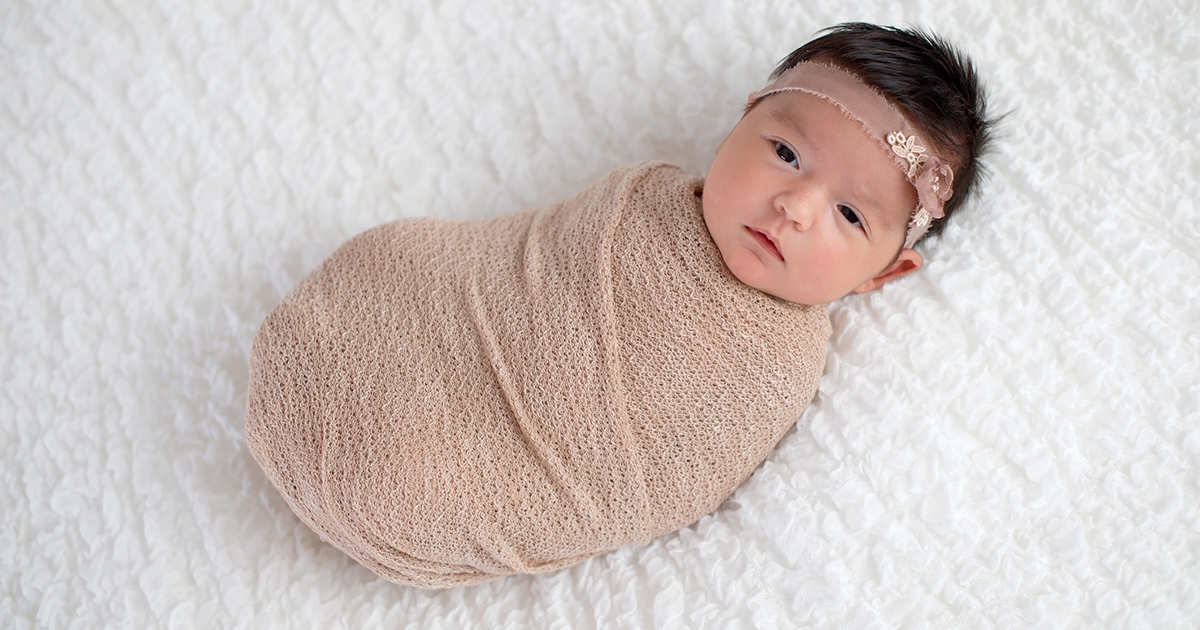Tips To Help Your Baby Fall Asleep
A newborn baby is one of the greatest joys in life and an exciting time for everyone in the household. Unfortunately, it's hard to experience every special moment because most newborn babies may sleep for most of the day and seem to not sleep at night. Thankfully, your baby will eventually stay awake for longer periods during the day and sleep through the night. Most babies will start to sleep through the night at four to six months old. You should try to sleep when the baby sleeps, because it may be the only time you can rest. In the meantime, there are ways to maximize the length and quality of your baby's sleep. Below are a few stunning tips to help your baby fall asleep faster and snooze for longer.
Swaddle & Cuddle

Swaddling is done by snugly wrapping your baby in a blanket, creating a similar sensation to being in the womb. It's a secure, relaxing feeling and helps them fall asleep. Swaddling has many advantages and can be used to help your baby get to sleep during the first couple months. Babies tend to flail their legs and arms while sleeping and they can inadvertently awaken themselves, as they do not yet have control of their limbs. This is referred to as the startle reflex. Swaddling keeps their limbs in place, but you must be careful not to wrap the blanket too tightly, especially in the hip area. Be sure to always monitor your baby while swaddling because the blanket can come unwrapped. Any loose articles in the crib can increase the risk of smothering, suffocation, or sudden infant death syndrome (SIDS). Babies also love to be cuddled before naptime. This is fine for the first few months, and you can swaddle or cuddle your newborn baby to help them sleep, but also find alternate methods of comfort. Your long-term goal should be teaching your baby to self-soothe to sleep.